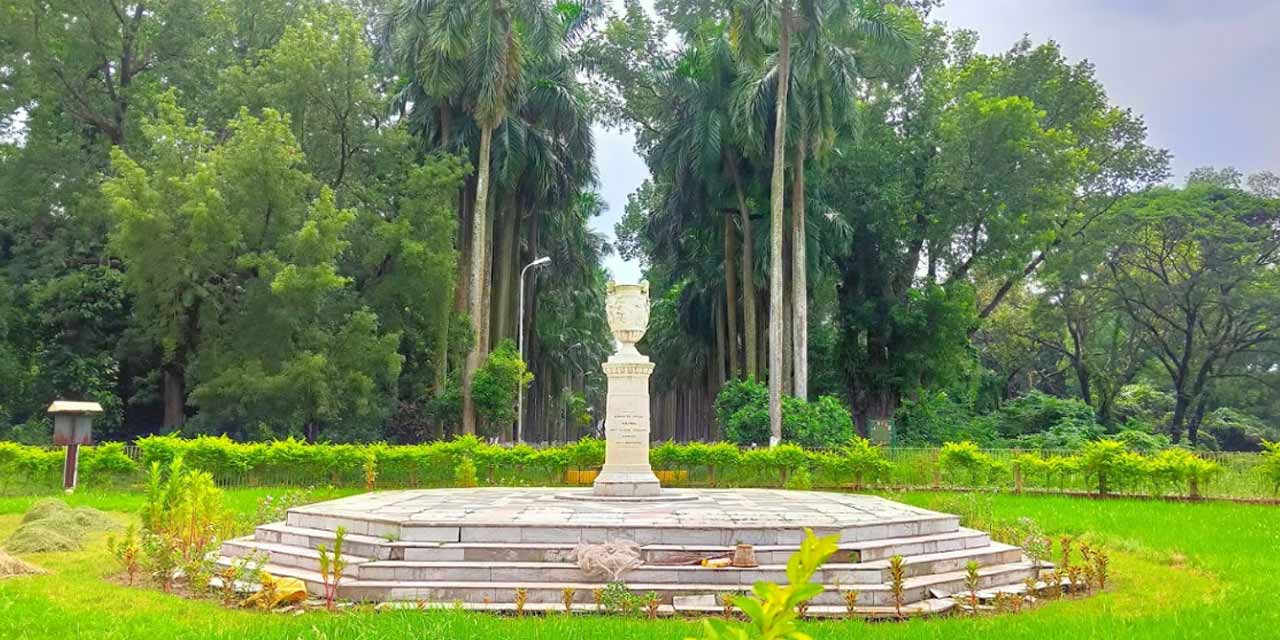Acharya Jagadish Chandra Bose Indian Botanical Garden (kolkata)

It is largest and oldest botanical garden of India. It is situated at Sibpur near Calcutta. It was formerly known as Royal Botanic Garden or Calcutta Botanic Garden. The Botanic Garden has completed its bicentenary year. Started by Robert Kyd in 1787, organised by William Roxburgh and developed by Nuthanial Wallich.
The garden occupies an area of 110 hectares. It is situated on the west bank of river Hooghly. It has nearly 15,000 live specimens including a large collection of bamboos, cycads and palms. It has two large green houses, several nurseries and special collections of Bougainuillea, Vitis, Jasminum and Nymphea. The giant water lilies like Victoria amazonica and V. cruziana are conspicuous in some of the garden ponds.
The scientific publications of the Indian Botanic Garden, Calcutta, as also the Botanical Survey of India are:
(1) The Annals of the Royal Botanic Garden, Calcutta, consisting of monographs of families and genera.
(2) Shorter accounts of the Botany of the different areas of India are published in the records of the Botanical Survey of India.
(3) The annual reports of the Royal Botanic Garden, Calcutta, Cinchona cultivation in Bengal, and Botanic Survey of India are regularly published at the end of each year.
There is an arrangement for public lectures, but instructions in arboriculture are given free of charge by the members of staff to the officers of the Municipalities and public works and other departments.
There is an up-to-date library of the Botanical Survey of India in the Indian Museum. The Curator (Industrial) who mainly deals with applied botany, is also the librarian of the Botanical Survey of India.
A library is also maintained by the Indian Botanic Garden consisting of 31500 rare books and periodicals, which is chiefly meant for reference work and books are sent on loan to recognized botanists throughout India. This is said to be the oldest and best library in India.
The herbarium is India’s largest Herbarium with about 15,00,000 specimens. The herbarium was started by W. Roxburgh in 1793 at his own residence on the Hooghly river bank. It was moved to herbarium building in 1883 and is now in a modern four-storyed building.
There is a large collection of Icones, of which 2583 hand coloured illustrations forming the Roxburgh Icones takes the pride of place. The type specimens numbering over 10,000 and Wallichian Collections of equal number are housed in it.
interesting
ReplyDeletenice
ReplyDelete